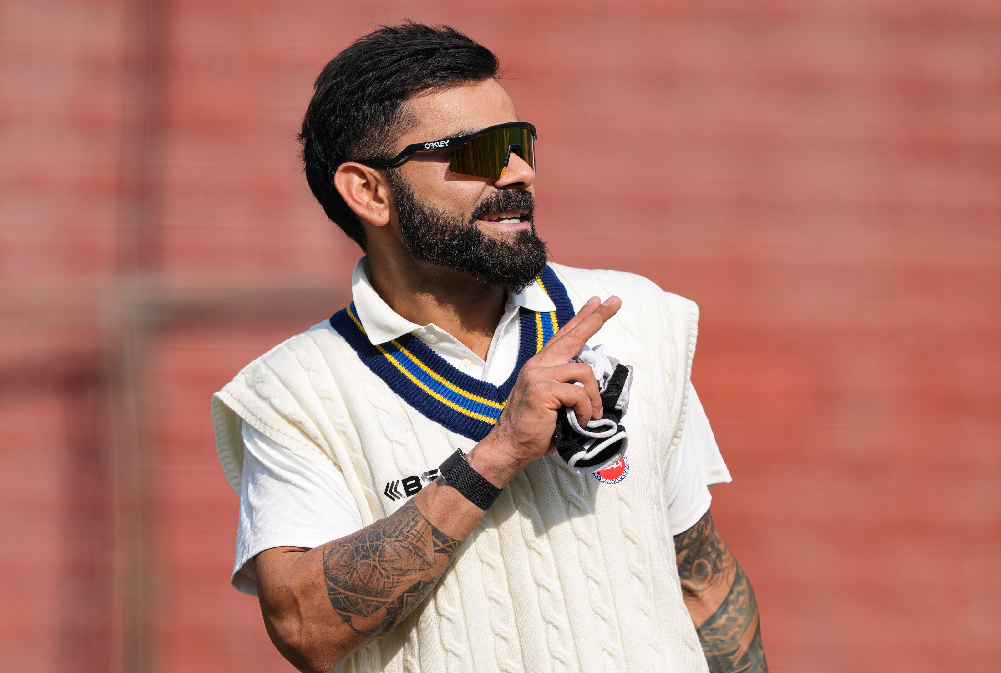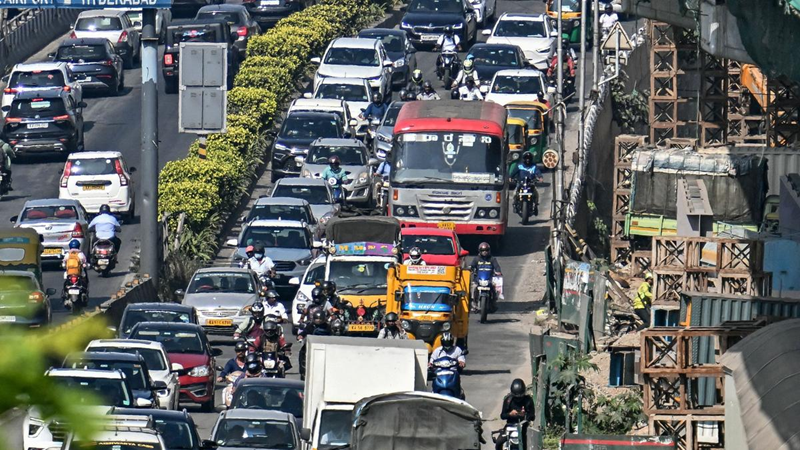
EWS: ?8L income norm too lenient?
By Sanjana Venkatesan
The Supreme Court allowed the admission process for undergraduate and postgraduate medical programmes through the National Eligibility cum Entrance Test to go on as per the existing eligibility criteria. The court was deciding on the validity of reservations introduced in July 2021 for Other Backward Classes as well as the economically weaker sections for All-India Quota seats in NEET. The All India Quota consists of 15% seats in undergraduate courses and 50% seats in postgraduate courses open to students across India.
Due to these hearings, the admissions for this year’s medical postgraduate courses had got delayed by several months. This was largely due to the contentious eligibility criteria for EWS reservations, where an annual family income of Rs 8 lakh was set as the threshold. This, argued critics, was too lenient. Even OBCs – who suffer further discrimination on the basis of social and educational backwardness – have the same income limit. The delay had led to massive protests by doctors, affecting access to medical services.
What is the Supreme Court’s decision?
On July 29, 2021, the Centre introduced a 27% quota for OBCs and a 10% quota for EWS in the All India Quota for undergraduate and postgraduate courses allotted through NEET. This was challenged before the Supreme Court, which has been hearing this case since September 2021. Now the Supreme Court upheld the constitutional validity of the OBC quota. Further, it held that the counselling process for NEET undergraduate and postgraduate courses for the academic year 2021-’22 should continue based on the existing criteria used to determine EWS.
Why is the EWS criteria controversial?
The main thorn of contention, in this case, was the process followed in determining EWS quota eligibility. The court set out to examine whether a proper, data-driven exercise was undertaken to arrive at the EWS criteria.
The Union government defined EWS criteria to include people who did not fall under reservations granted for Scheduled Castes, Scheduled Tribes and Other Backward Classes and who had an annual family income of less than Rs 8 lakh. If a person’s family owned land in excess of a specified limit, such as more than 5 acres of agricultural land or 1,000 square feet of residential land, that would also place him outside the EWS criteria.
The Supreme Court made a prima facie observation that this criteria seemed arbitrary. Given that the same income criteria of Rs 8 lakh per annum was used to exclude “creamy layer” from the OBC quota, the court questioned if the Centre had mechanically lifted the OBC creamy layer criteria for EWS.
Candidates from OBC category who belong to the creamy layer are excluded from reservation since they have “economically progressed”. If the same income criteria were adopted to identify EWS and OBC categories then the court observed it would make “unequals equal”. This is because OBC students within the income criteria would face additional social and educational backwardness.
The Centre, after prodding by the court, filed an affidavit on October 26 saying that it had undertaken a proper exercise before deciding EWS criteria. However, a month later it said that it had formed a committee to reconsider the EWS criteria.
(This article first appeared in The Scroll)
 English daily published in Bengaluru & Doha
English daily published in Bengaluru & Doha






